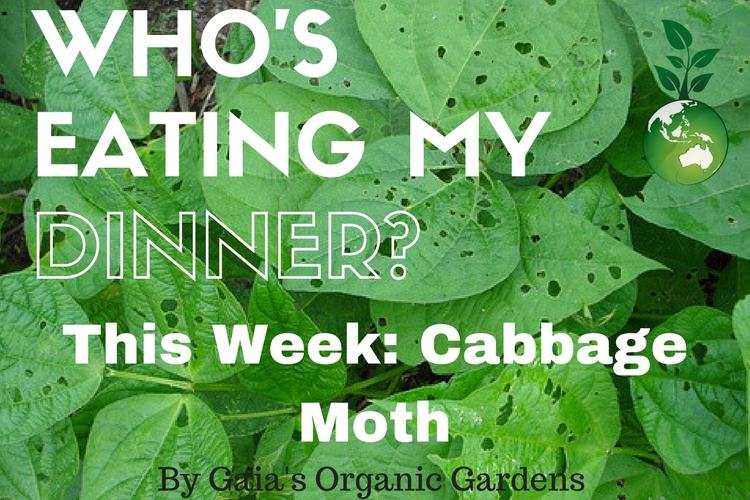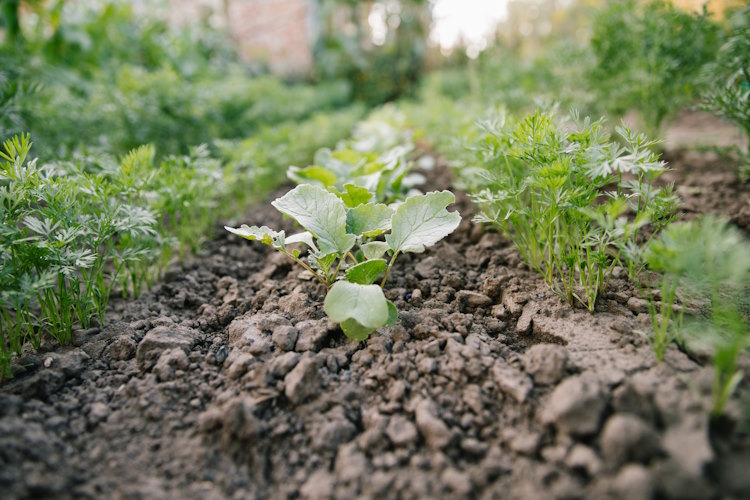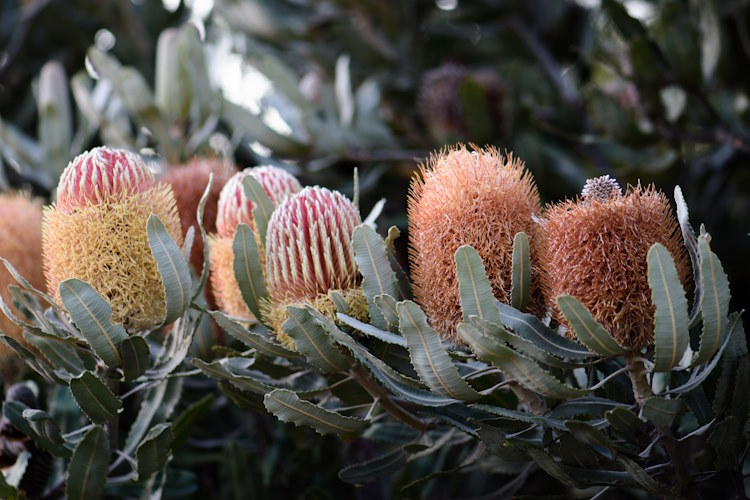Caterpillars.
Beautiful white butterflies….. Not!
*Recently Edited*
This year is a particularly bad year for cabbage moth, the sudden spike in warm weather has seen these guys heading out to attack your garden in swarms. I was talking a walk along the beach the other day and I could not believe how many there were. More than I have ever seen in past years, My rural clients have reported dense swarms also. With this in mind I suggest the best method of dealing with them to be exclusion netting. And if you are into kale it is really the only thing that will keep them at bay, and it will also help with the white fly which is just coming into season now.
So dainty are there moth predecessors, so nasty are there crawling green caterpillars. Its only a few weeks into spring and we can easily spot the damage these bugs cause to the dinner you are lovingly nurturing and growing in your vegetable garden….. they love to attack brassicas (broccoli, cabbage, kale and cauliflower) so if you have some of your winter crops still in, get them out now. They are just going to get decimated and they are unlikely to grow any bigger as the weather warms up, plus they are just taking up precious real estate in your suburban jungle/ edible paradise.
It seems that the most popular Kale variety, Black Tuscan is also their favourite.
What are Caterpillars?
The total life span of the cabbage moth is between 3-6 weeks from egg to to mature adult.
What Damage do they do?
They will eat all the leaves of your precious dinner, until bit by bit the whole plant will be gone leaving only the skeletal remains of what resembles a Halloween ornament. Jack Skeleton might enjoy a garden like this but the average Perth green thumbed gardener doesn’t.
When will I see them?
They are feeling happy as the weather warms up and you can see these guys in either spring or early autumn. I find them to be a bigger problem this time of year as a lot of people still have their winter crops in (if this is you, time to spring into action and get your summer crops in!)
Please take the following steps:
- Remove any you see by hand, feed to chooks or place under a big native tree for birds.
- Companion plant with white edible or medicinal flowers such as violas or chamomile.
- Other Companion plants include Nasturtiums, Dill, Alliums (onion, Garlic Chives) Beetroot, Sage
- Plant Land Cress as a trap crop
- Keep the area looking full of imitation butterflies by paying our half egg shells around your plants.
- Tie a piece of rope above your trouble crops with bread tags, white plastic or something like the look of the white cabbage butterfly. This will deter them.
- Regular application of food grade Diatomaceous Earth will help, just dust the plants every week or so. Perfectly safe and edible the DE will feed the soil and improve water retention at the same time.
- Netting can be used to keep them out, and as there is not pollination required for the seedling to provide fruit they are a lot easier to net that say tomatoes.
- Be vigilante, it only takes a few days for these guys to take over and wipe our entire crops.
- Dipel- select bacteria that only affects caterpillars. It can take a few days to be effective so a weekly “routine” spray around spring is suggested.
- Dont forget to pick off any caterpillars you see and leave them under a gum tree for some birds to eat!





